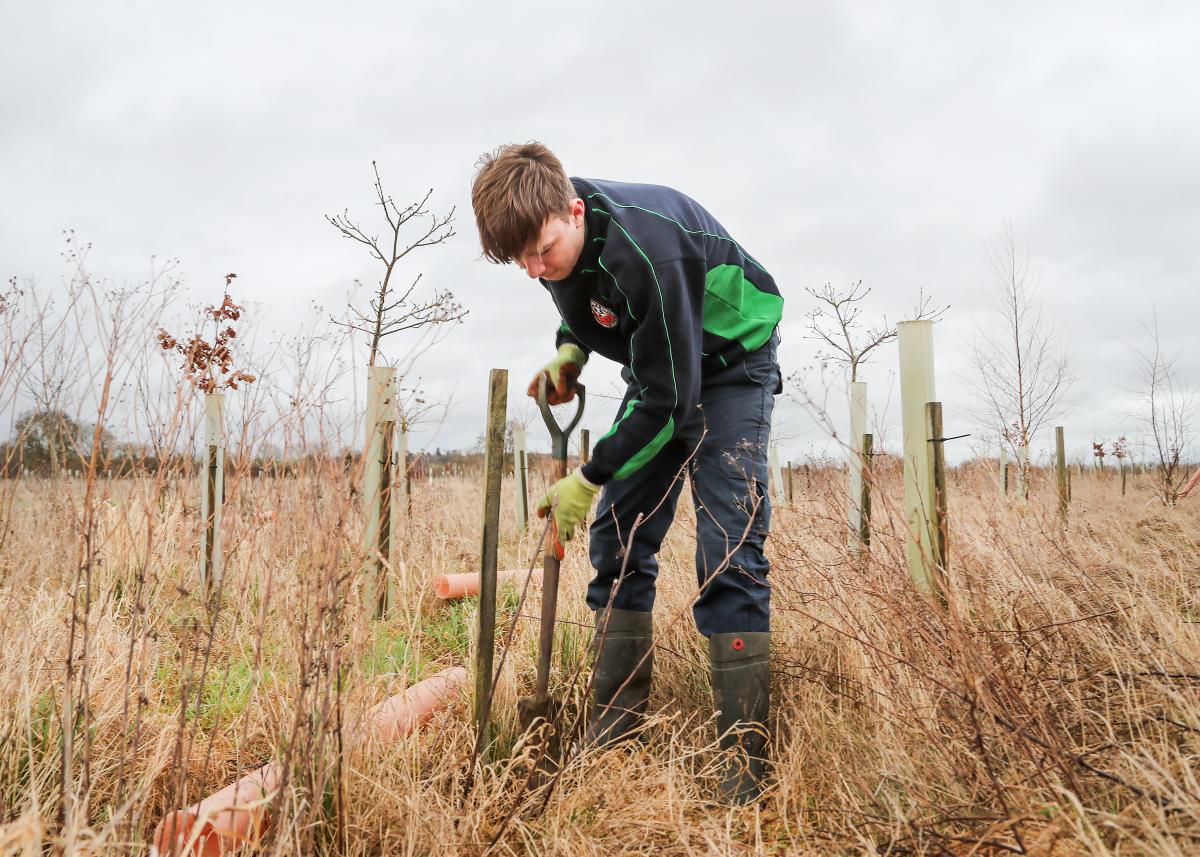
Planting hope for the future
Over the past few years, the planet has reached its hottest temperatures in recorded history. Heatwaves, droughts, and floods are no longer distant warnings, they are here, now, reshaping our lives and landscapes. This year in the UK, we have watched rivers reduce to trickles, crops failing due to too much water or not enough, and our parks and gardens turn barren under relentless sun.
The Heart of England Forest has not been spared. Drought has stressed and even killed our young trees and wildlife this summer. The challenges of the weather are stark reminders that the climate emergency is already at our door.
Yet the Forest is here to stay, planted, nurtured, and protected for generations to come. To secure this living legacy, we need to act urgently and innovatively. Our Director of Forest Operations, Tom Davies, shares the challenges of managing the Forest to withstand the shifting climate.
The UK is breaking records it does not want
According to the analysis from the Met Office, this year's summer was the hottest recorded, and people in the country should expect more like it in the future. The rainfall was below average, which followed England's driest spring in more than 100 years and the driest January-July period since 1929. This in turn has made the year one of the harshest for our native broadleaf trees to pull through **
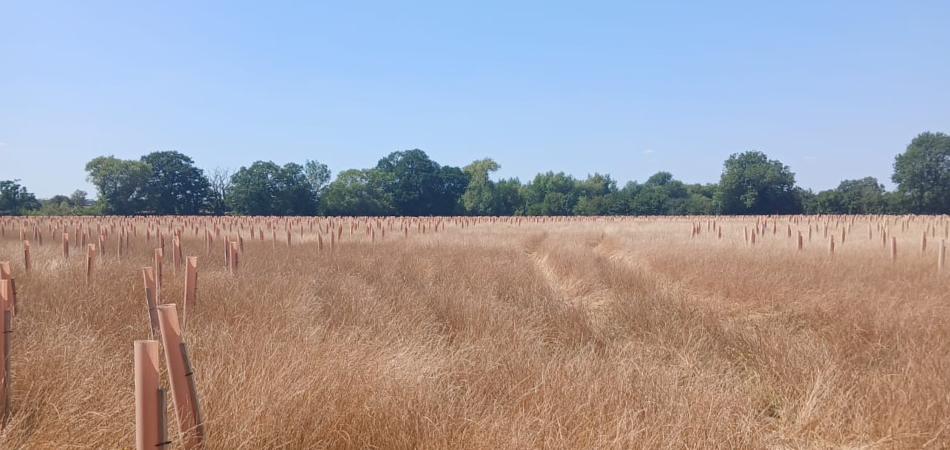
Heartbreaking losses for the Forest
The Forest, sadly, is not immune to weather extremes and has been affected as so many others also have across the nation. Devastatingly, 50% of last winter’s young saplings have died. Naturally, not every sapling will survive due to various factors, such as pest damage and natural competition with other vegetation. However, in the Forest we would normally only see a 5 - 15% loss in new plantations, so the 50% sapling mortality creates an unexpected challenge and cost for us as a charity.
As a result, it is our duty, not only for the sake of our mission but also for future generations, to replant the saplings that have failed.
We are at a time in our charitable mission where new woodlands are being created, and although some are becoming more established, the fledgling woodlands need special care and attention to help them not only survive but thrive. Once a mature native broadleaf woodland is present, it will store massive amounts of carbon and help us in the fight against climate change.
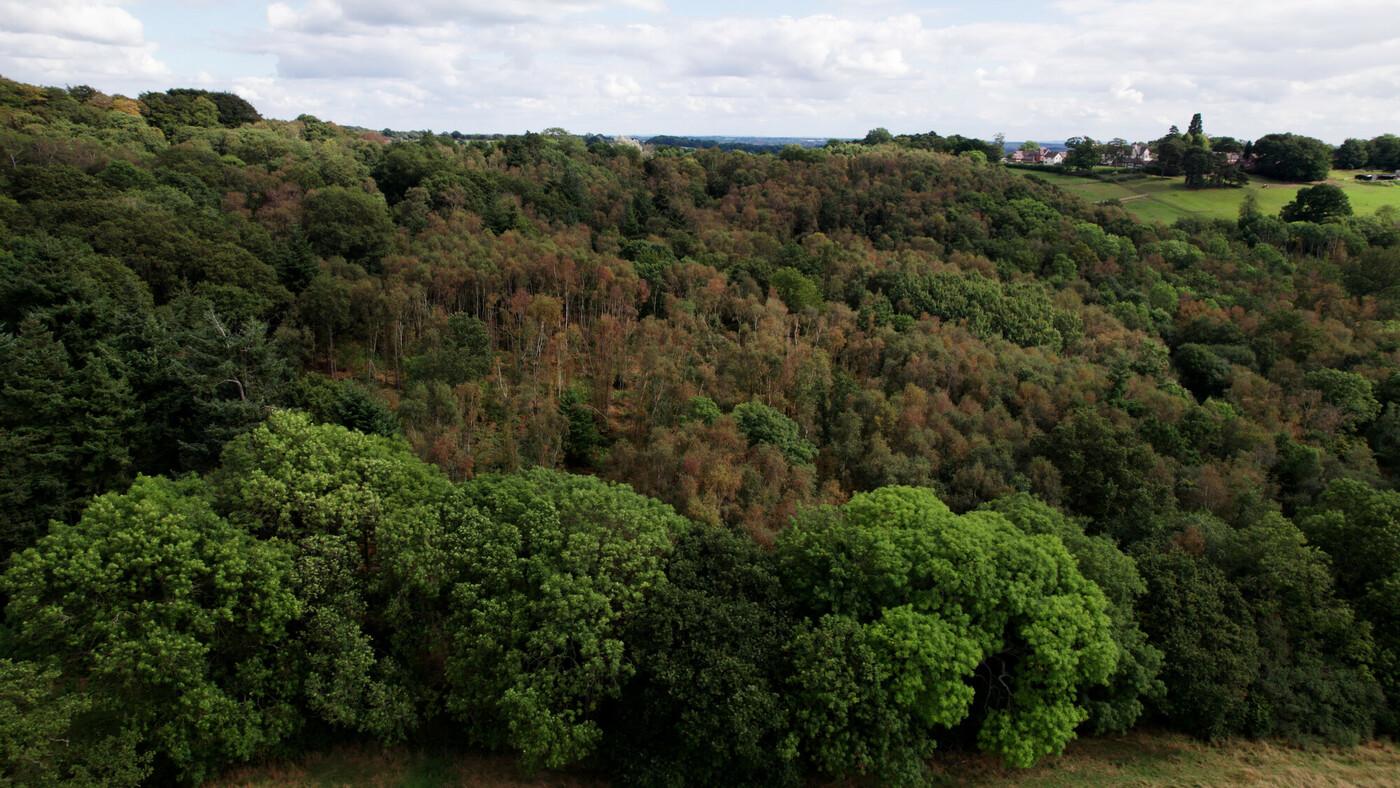
Forests and woodlands are giant storage systems for carbon. They hold carbon in trees, plants, and soils. When forests are removed from the landscape, much of that stored carbon is released back into the air as carbon dioxide (CO2), adding to the problem of climate change.
However, when forests grow, they do the opposite; they pull CO2 out of the atmosphere and lock it away, helping slow the effects of the extreme weather conditions caused by the changing climate. ***
It's known that protecting and restoring forests is one of the most effective natural ways to fight climate change. Therefore, how we manage the Heart of England Forest really matters. A healthy, well-managed forest will store more carbon right here in the centre of England, on our doorstep.
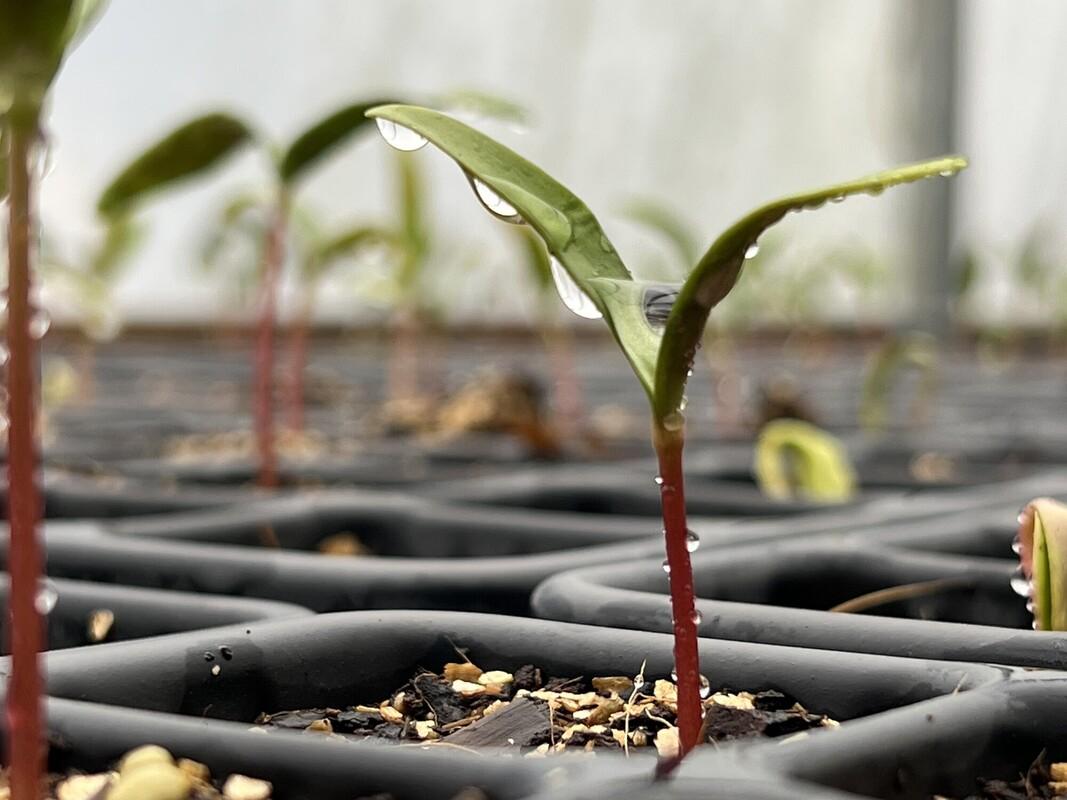
Heart of England Forest fights for the future
It is important to be responsive to the challenges we are facing by learning and implementing changes ourselves.
Therefore, as of the end of September, we will start replacing the trees we sadly lost from last year's planting season. We will use cell-grown saplings as they seem to have fared better. These saplings come with their own soil clump and have a head start in life. They are more expensive and heavier in the planting bags, but as they have a better survival rate, we will be shifting our emphasis to cell-grown wherever possible.
We have been asked by the curious, “Why don’t you water the trees to stop losses?” and the answer simply is that, unfortunately, due to the scale we plant at, it is not feasible. Replanting, although disheartening, is more practical, cost-effective, and better aligned with nature.
From mid-November, the team and our volunteers will then aim to plant 70,000 trees, creating new woodland across two sites in the Forest. Keeping us on track on our journey to create a huge native broadleaf forest to benefit the environment, wildlife, and people.
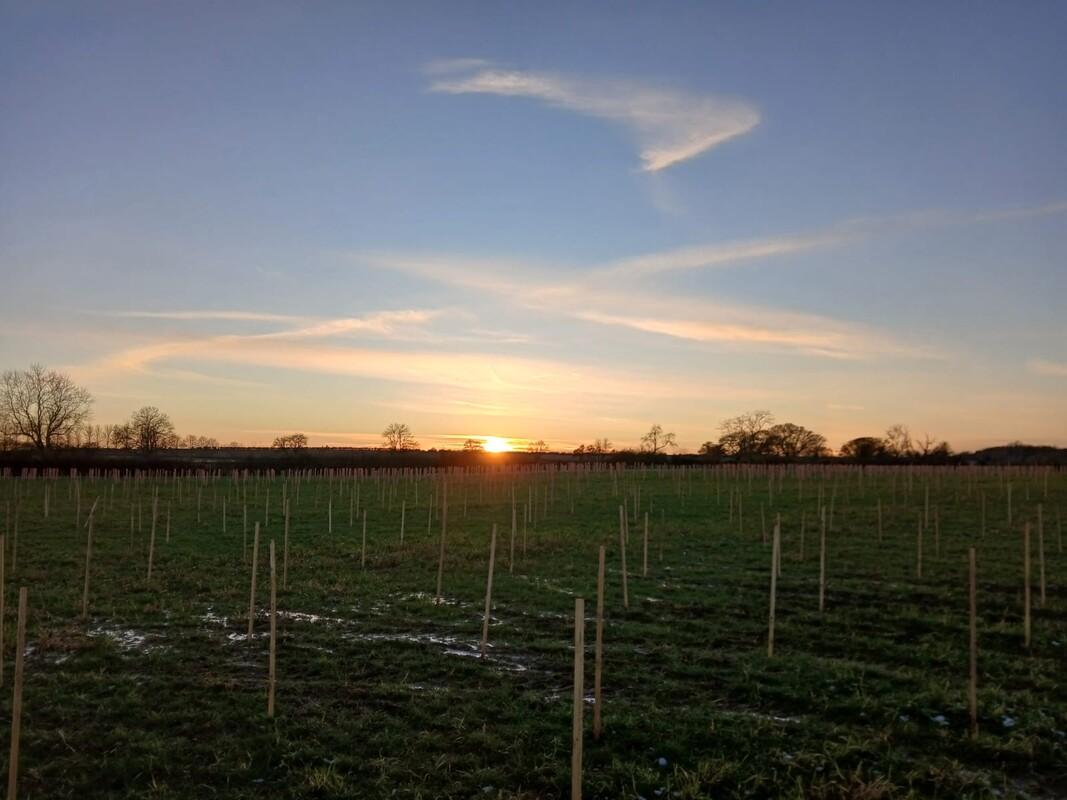
A Forest that is here for life
Together, we can ensure the Heart of England Forest not only survives but flourishes. With your continued support, every tree planted today becomes part of a stronger, greener tomorrow.
Whether through volunteering, donationing, spreading the word, or simply enjoying its footpaths, every act of support helps the Forest grow stronger. Together, we can nurture a thriving, resilient Forest - a living legacy we can all be proud to pass on.



